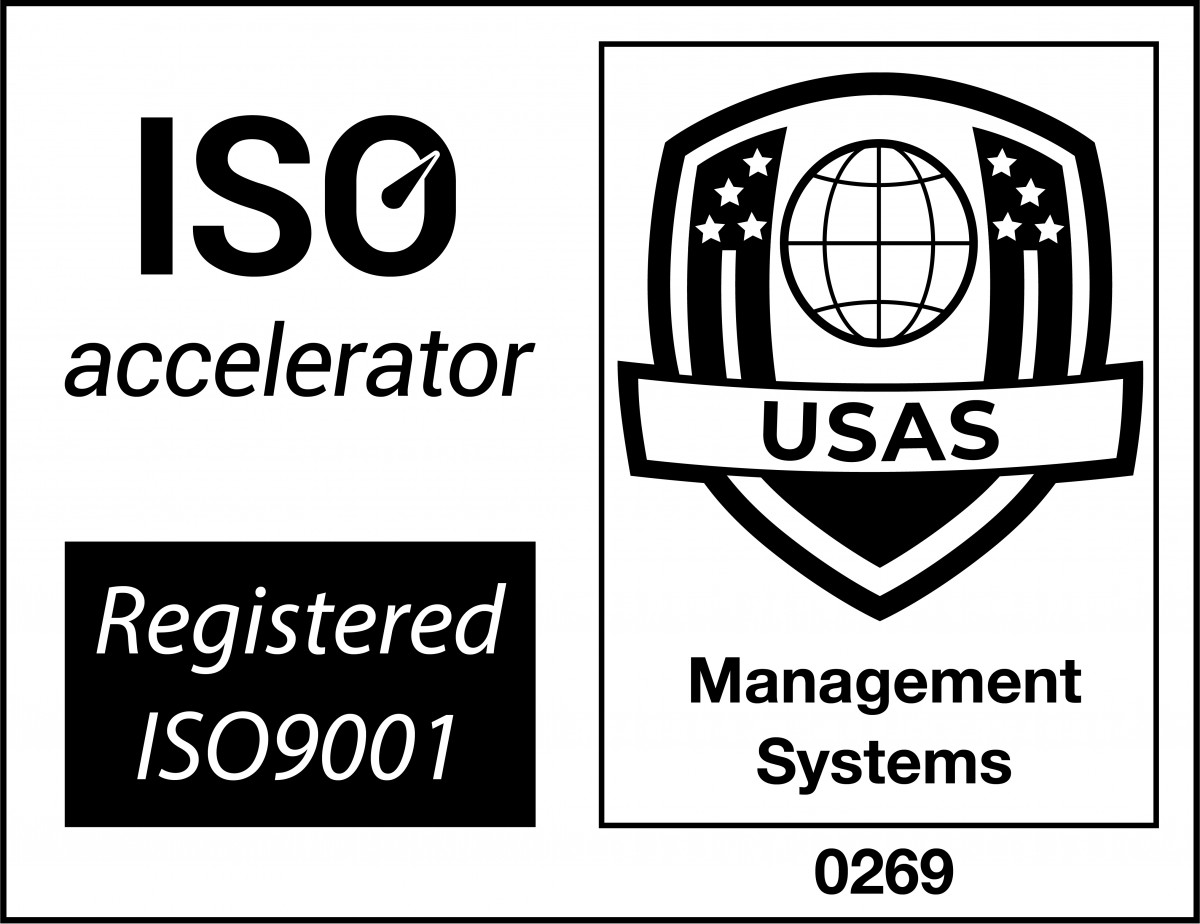Over the last few years, busy public spaces have improved navigation and their customers experience as a result of upgrading and digitising their wayfinding systems. Some examples of these include in shopping centres, airports, railway stations – any large, busy public space that can be confusing for people to navigate, can benefit from implementing this technology.
The healthcare sector, and large sprawling hospitals, in particular, are potentially the prime beneficiaries of adopting a digital wayfinding system.
This includes benefits for patients, staff, and visitors especially as the last thing they want when visiting loved ones in a hospital is the added stress of trying to find where they are. There are a variety of benefits and ways of installing wayfinding systems in hospitals. Let’s take a look at a few:
Finding your way around shouldn’t be a chore
For patients and visitors, time spent in a hospital is often made during stressful times. Anything that can be done to reduce that stress and make the experience more positive can only be seen as a benefit for all involved. Indeed, 95% of people who responded to a recent survey said that wayfinding was an ‘extremely important’ part of their hospital experience. In the past, hospitals have focused the bulk of their resources to improve the deliverance of their medical care which makes sense but has starved some of the focus from the patient/visitor experience.
As private hospitals face ever-increasing competition and all hospitals, in general, are looking to improve satisfaction levels and outcomes for patients then more attention is being made to improve the full range of the visitor/patient experience. The survey also showed that the majority of healthcare workers believed wayfinding did not measure up to the care provided. Good wayfinding positively impacts healthcare workers by freeing them up from being asked for directions and can also help them move around large hospitals more efficiently.
Time is critical in a hospital and a priceless resource as patients and visitors wish to spend as much of it as possible together and do not want the stress and hassle of getting lost and not finding their way. Easy to follow, intuitive wayfinding systems in hospitals provide this extra time, reduce stress, and improve overall satisfaction levels.
Why your current wayfinding system needs improvement
There is a myriad of ways to improve wayfinding systems in hospitals from the simple to the high tech. First on the list is having clear signage, helpful pathways, and entrances. Patients and visitors may find some of the technical terms used to name departments confusing so offering a simplified version can help. Once the basic level of wayfinding has been achieved then more complex layers can be added such as self-service kiosks, apps, the use of GPS, digital boards and extra staff training.
It can be useful to ask users to evaluate the current wayfinding system in place and help identify areas that could be improved. This can be achieved through methods such as conducting surveys on hospital signage and identifying recurring areas where people get lost and ask for directions. The visitor experience to a hospital often begins in the waiting room so this gives a great opportunity to provide important hospital information using digital signage from the beginning.
Once their journey through the hospital begins it can they can be helped along with self-service kiosks for information that can be integrated with GPS style directions that can be followed via smartphones and tablets. By simply typing in a department or room number the kiosk can bring up a map showing a clear path to the required destination, or even download the map to the user’s device to follow. The use of apps can also provide solid data that can analyse the movement of people through the hospital, providing insights that can further streamline the wayfinding process.
A real-world example
If you are looking for an example of advanced wayfinding systems in hospitals then The Mayo Clinic in the United States offers an excellent one. 59 buildings are spread out over 16 million square feet to create a vast area that can be confusing for visitors to navigate their way around and add additional unneeded stress to their visit.
To get around this problem and improve visitor experience the clinic rolled out a comprehensive digital solution to improve their wayfinding system. In 2012 they released a free app that integrated with their current system and offers users turn by turn directions anywhere on their grounds which is powered by Google’s interior mapping service. Since then it has been downloaded over 100,000 times and has greatly helped to improve the visitor experience at the clinic
At LamasaTech we’re always looking for new ways to make your hospital more efficient and visitor-friendly with wayfinding technology. If you’re looking for an elegant, comprehensive wayfinding solution,



